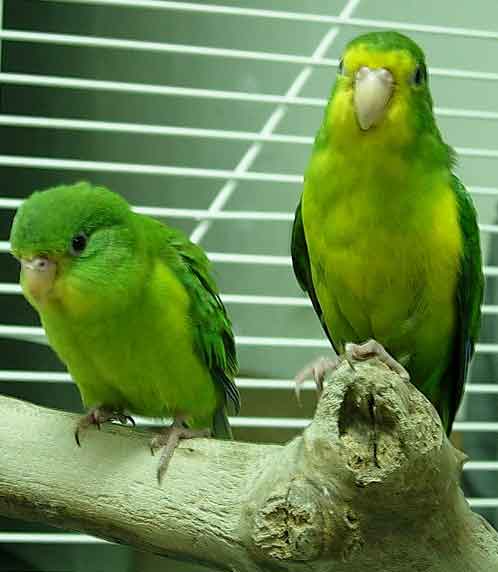Psilopsiagon aurifrons (*) Cladus: Eukaryota Name Psilopsiagon aurifrons (Lesson, 1830) Reference Centurie Zoologique, ou choix d'Animaux rares, nouveaux ou imparfaitement connus; enrichi de planches...dessinees...par M. Pretre, &c. p.63 pl.18
Source: Wikispecies: All text is available under the terms of the GNU Free Documentation License |
|

